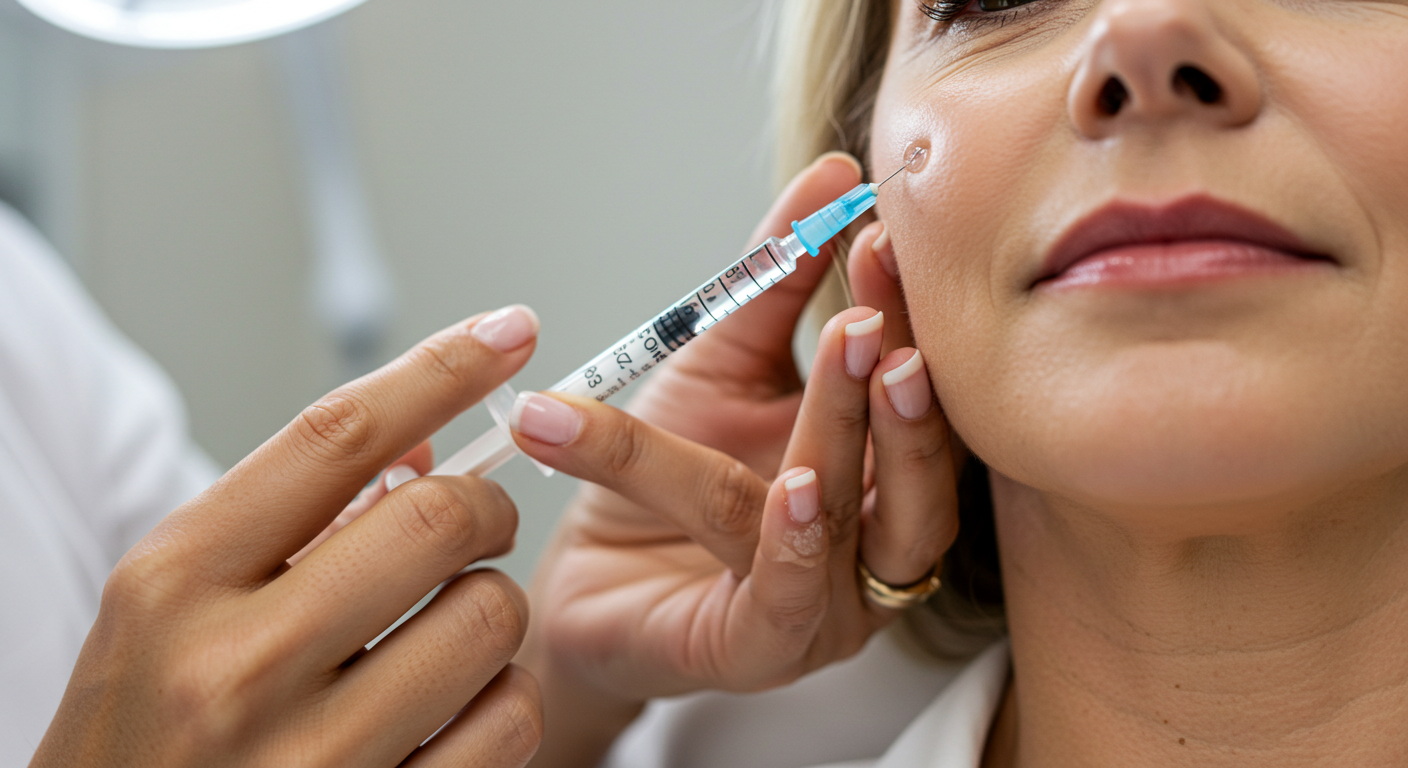Achieving a youthful appearance is now more accessible than ever, thanks to advances in cosmetic dermatology.
One revolutionary treatment that has gained widespread popularity over the years is skin fillers.
These injectable treatments not only help reduce wrinkles but also restore lost volume, giving your face a rejuvenated, youthful look.
Below, you’ll find a detailed look at how skin fillers work, their benefits, key considerations, and essential FAQs to guide your choices.
Table of Contents
- Introduction to Skin Fillers
- The Science Behind Skin Fillers
- Benefits of Skin Fillers for Youthful Looks
- Popular Types of Skin Fillers
- What to Expect During a Skin Filler Procedure
- Skin Filler Aftercare Tips
- Skin Fillers vs. Other Anti-Aging Treatments
- Common Misconceptions About Skin Fillers
- Potential Side Effects and How to Mitigate Them
- FAQs About Skin Fillers
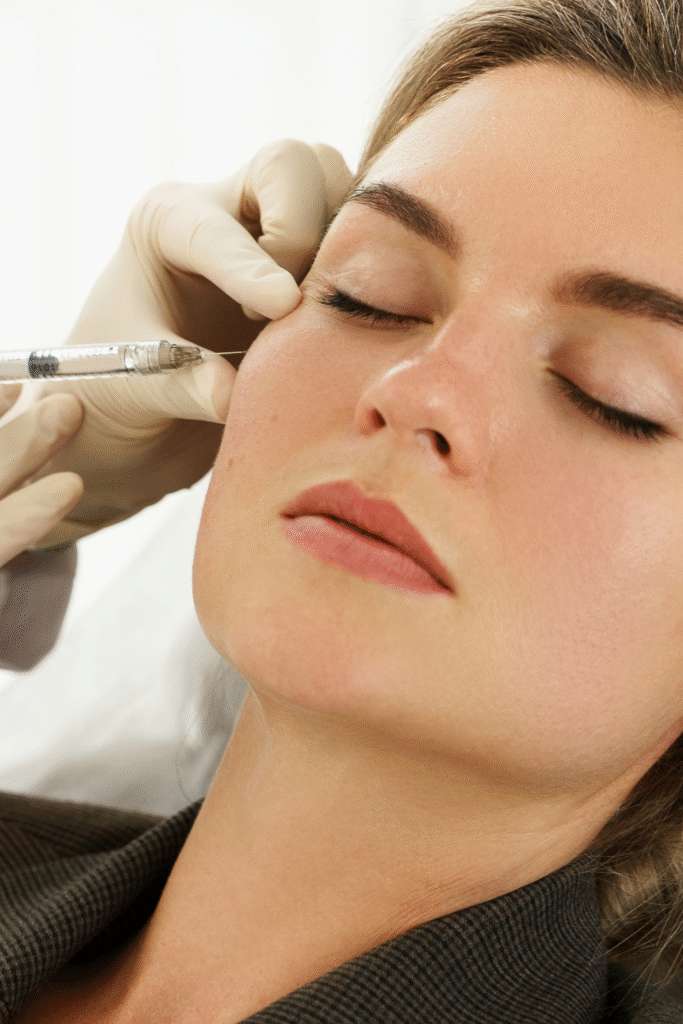
Introduction to Skin Fillers
Skin fillers, also known as dermal fillers, are injectable substances designed to improve the skin’s appearance by replenishing lost volume, smoothing wrinkles, and enhancing facial contours.
These treatments are non-surgical and have become a preferred option for those seeking subtle yet noticeable results.
Many people experience volume loss in the face as they age, resulting in a hollow, tired appearance. Skin fillers address this issue by plumping up areas like the cheeks, under eyes, and lips.
They also stimulate collagen production, which naturally declines with age, leading to a more supple and smooth complexion. Best of all, most treatments take less than an hour.
Unlike invasive surgeries, skin fillers offer immediate results with minimal downtime. Whether you want to fill in deep wrinkles or create fuller lips, fillers are versatile enough to meet a variety of cosmetic needs.
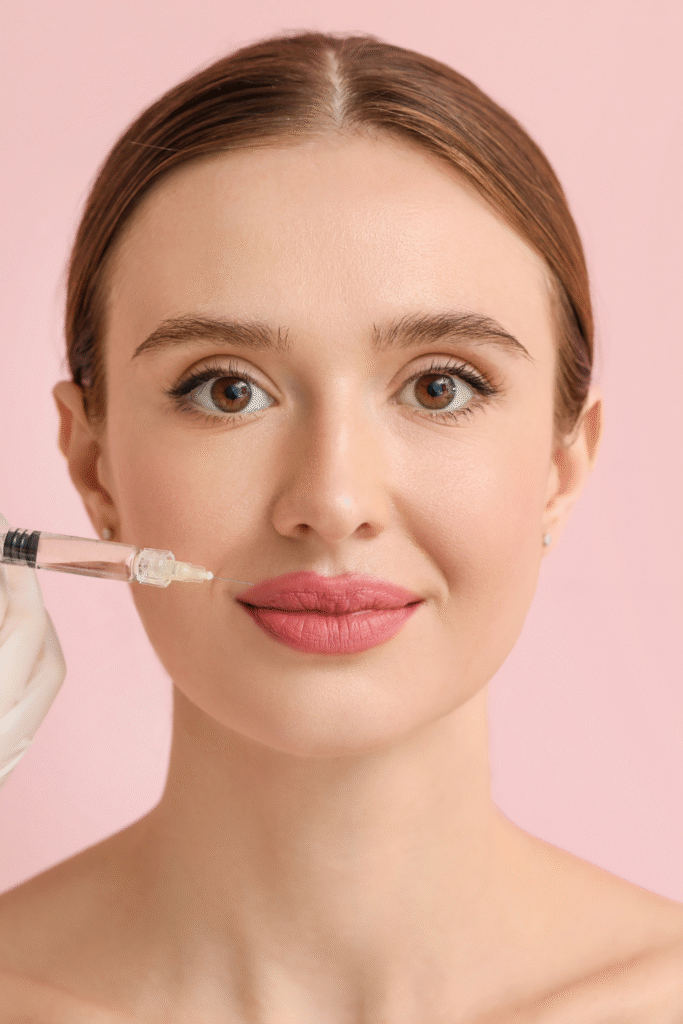
The Science Behind Skin Fillers
Skin fillers are comprised of biocompatible substances, meaning they work in harmony with your body’s natural tissues. The most commonly used fillers include hyaluronic acid, a naturally occurring sugar molecule in the body that hydrates and firms the skin.
Once injected, skin fillers immediately smooth out wrinkles and add volume. For example:
- Hyaluronic acid binds water molecules, keeping the skin hydrated and plump.
- Collagen-based fillers help boost the skin’s structural support for firmer, more elastic skin over time.
- Calcium hydroxylapatite stimulates the production of natural collagen, extending the life of results.
The effects typically last between 6 months to over a year, depending on the type of filler and the area treated. Additionally, ongoing advancements in injector techniques and filler formulations have made procedures increasingly refined, achieving natural-looking results.

Benefits of Skin Fillers for Youthful Looks
The growing popularity of skin fillers can be attributed to several benefits they offer for restoring youthfulness. Here are some key advantages of these treatments:
- Quick and Convenient
Most skin filler procedures can be done in under an hour, making them ideal for busy lifestyles.
- Immediate Results
Results are visible almost instantly, unlike some treatments that take weeks to show noticeable improvements.
- Customizable Solutions
Treatments are highly versatile, allowing injectors to tailor the procedure specifically to your facial structure and aesthetic goals.
- Natural Appearance
Skilled professionals provide subtle enhancements that don’t make your face look overdone.
- Reduced Signs of Aging
They smooth wrinkles, plump hollow areas, and restore facial volume, effectively reversing the appearance of aging.
Pro Tip
Always consult a licensed professional specializing in dermal fillers to ensure optimal results and safety.

Popular Types of Skin Fillers
The world of skin fillers is vast, offering a variety of formulations to address diverse cosmetic concerns. Here’s a look at their most popular types:
| Type of Filler | Key Ingredient | Best For | Durability |
|---|---|---|---|
| Hyaluronic Acid | Hyaluronic Acid | Hydrating skin, smoothing wrinkles | 6-18 months |
| Calcium Hydroxylapatite | Calcium Hydroxylapatite | Boosting collagen, filling deeper wrinkles | Up to 12 months |
| Poly-L-Lactic Acid | Synthetic Polymer | Stimulating collagen for gradual volume buildup | Around 2 years |
| Autologous Fat Transfers | Your own body fat | Total volume replacement and long-term results | Permanent if maintained |
When selecting a filler, your injector will take into account your goals, skin type, and lifestyle.
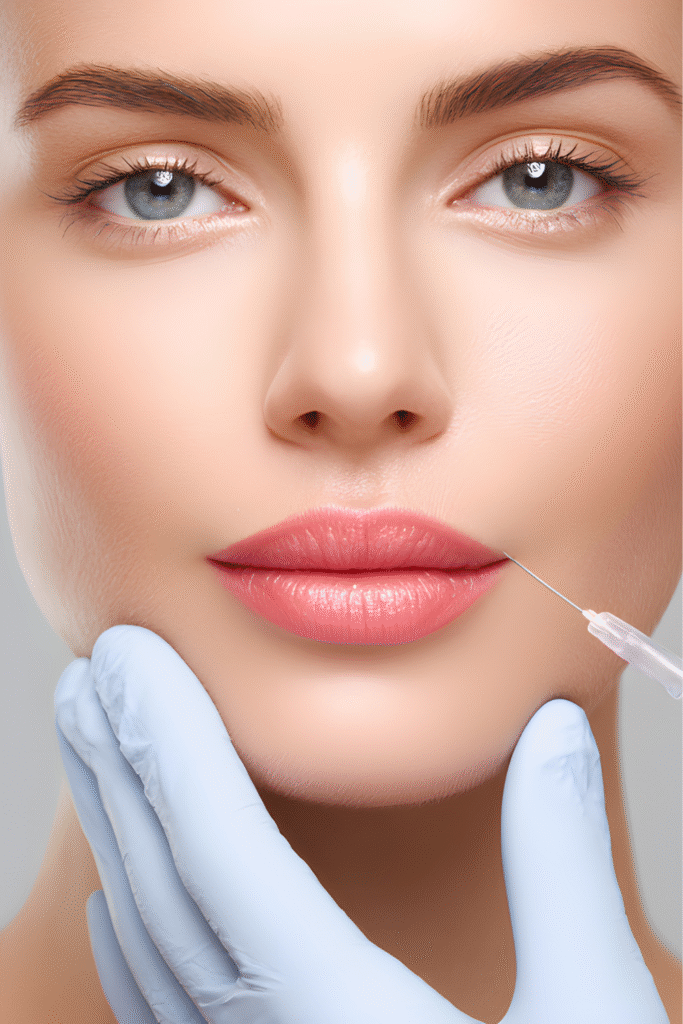
What to Expect During a Skin Filler Procedure
During a skin filler procedure, the process is typically quick and minimally invasive. The practitioner will first cleanse the treatment area and may apply a topical numbing cream or use fillers that contain anesthetic to minimize discomfort. Using a fine needle or cannula, the filler is injected into the targeted areas in precise amounts based on the desired outcome. The entire procedure usually takes 15 to 60 minutes, depending on the number of areas being treated. After the injections, there may be mild swelling, redness, or bruising, which generally subsides within a few days. Results are often visible immediately, though full effects may become more apparent as the filler settles. Follow-up appointments may be scheduled to assess the results or provide additional treatment as needed.
The skin filler process is straightforward but highly precise. Here’s what typically happens:
- Consultation
A qualified professional will evaluate your skin concerns and determine the appropriate filler for you.
- Preparation
The area to be treated is cleaned and may be numbed with a topical anesthetic to minimize discomfort.
- Injection
Using fine needles, the filler is injected into specific areas of the face in small amounts to achieve gradual, natural-looking improvements.
After the actual procedure, mild swelling or redness is common but resolves within 1-2 days.
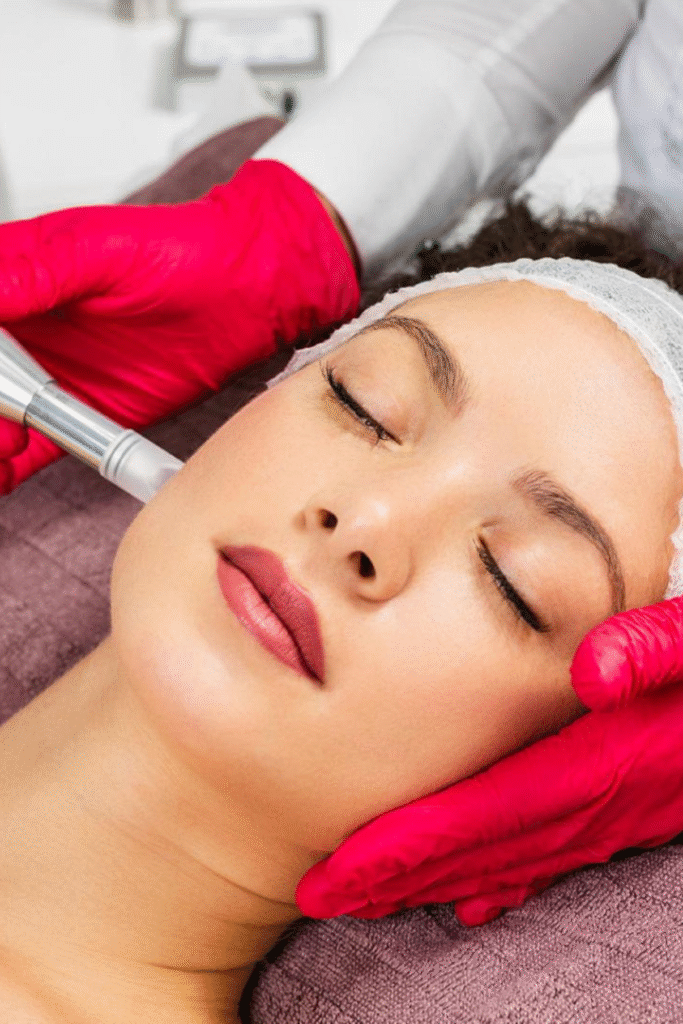
Skin Filler Aftercare Tips
- Avoid Touching the Treated Area
It’s important to avoid touching, massaging, or applying pressure to the treated areas for at least 24 hours after the procedure to allow the filler to settle properly.
- Stay Hydrated
Drinking plenty of water is essential after the treatment. Staying hydrated can help maintain the plump and youthful appearance provided by the fillers.
- Avoid Intense Heat or Cold
Refrain from activities like sauna sessions, hot tubs, or direct sun exposure for at least 48 hours, as extreme temperatures can affect the results or increase the risk of swelling.
- Limit Strenuous Activities
Avoid rigorous exercise or activities that increase blood flow to your face for at least 24-48 hours to reduce the risk of swelling or bruising.
By following these aftercare steps, you can optimize your results and ensure a smooth recovery process. Always consult your provider if you have any concerns or unexpected side effects.
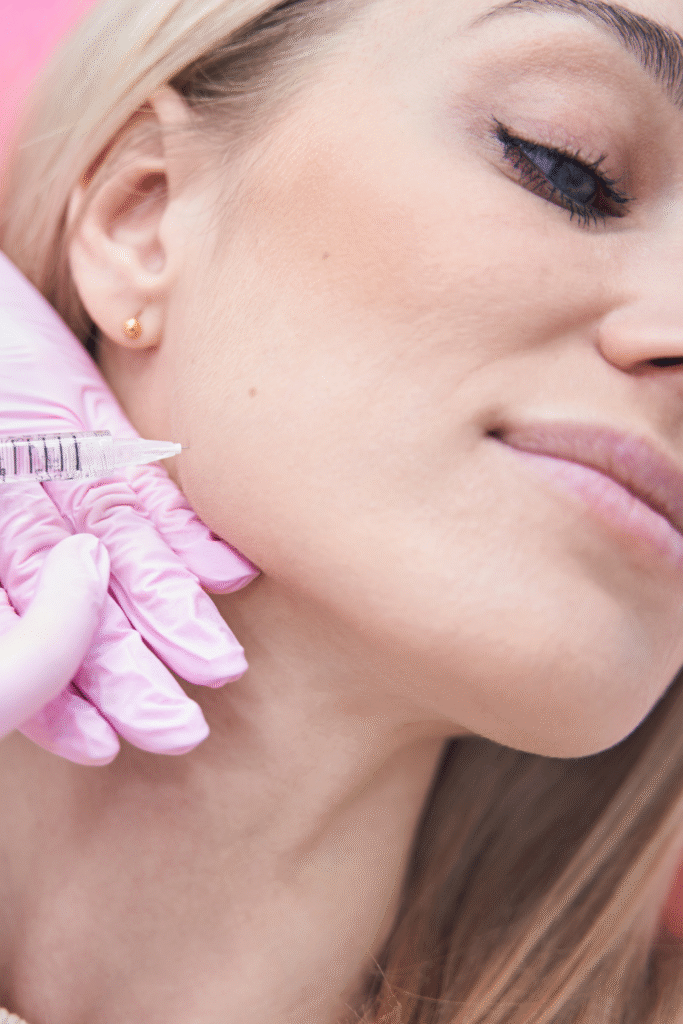
Skin Fillers vs. Other Anti-Aging Treatments
When comparing skin fillers to other anti-aging treatments, it’s important to consider each option’s unique advantages.
Skin fillers provide immediate results, targeting specific areas to restore volume and smooth out wrinkles effectively.
On the other hand, treatments like Botox work by temporarily relaxing muscles to prevent wrinkle formation, while chemical peels and laser resurfacing focus on improving skin texture and promoting collagen production over time.
Additionally, non-invasive options such as topical retinoids or serums may offer gradual improvement but require consistent application.
Your choice ultimately depends on your aesthetic goals, budget, and desire for immediate or progressive changes. Always consult with a professional to determine the best approach for your individual needs.
While fillers are effective, how do they compare to alternatives like botox or surgery? Here’s an overview:
- Fillers vs. Botox
Botox targets muscles causing wrinkles; fillers restore volume. They work best together for comprehensive results.
- Fillers vs. Facelifts
Surgery offers more dramatic and long-term results but requires significant downtime. Fillers are less invasive with subtle effects.

Common Misconceptions About Skin Fillers
Common Misconceptions About Skin Fillers
- Fillers Always Look Fake
One prevailing myth is that fillers result in an unnatural appearance. When administered by a qualified professional, fillers can enhance facial features subtly and harmoniously while maintaining a natural look.
- Fillers are Permanent
Many believe that once you get fillers, the results are permanent. However, most fillers are temporary and gradually break down over several months to a couple of years, depending on the type of filler used.
- Fillers are Only for Lips
While lip augmentation is a popular use of dermal fillers, they can address numerous concerns, such as smoothing wrinkles, restoring cheek volume, enhancing jawlines, and even improving the appearance of scars.
- Fillers are Painful
Many worry that the process of getting fillers is highly painful. However, modern fillers often include numbing agents, and professionals typically use topical anesthetics beforehand to minimize discomfort.
By addressing these misconceptions, individuals can be better informed before deciding if dermal fillers are the right choice for them.
- Myth: Fillers make you look unnatural.
Truth: With skilled application, fillers enhance your natural features subtly.
- Myth: They are only for older people.
Truth: People in their 20s and 30s use fillers to delay aging and define features.
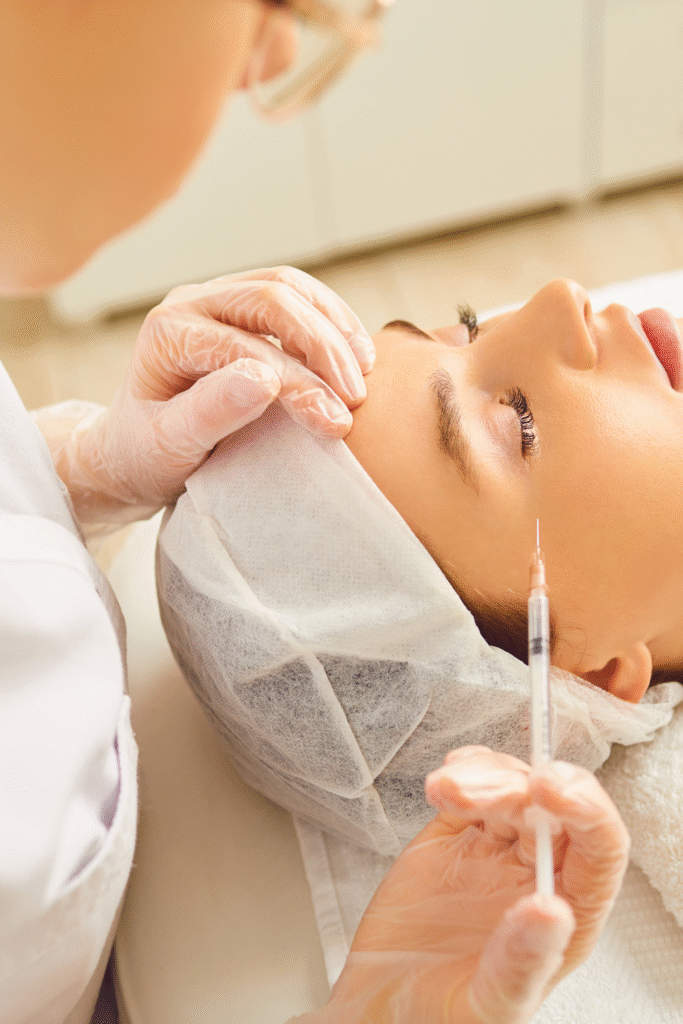
Potential Side Effects and How to Mitigate Them
While skin fillers are generally considered safe, potential side effects can still occur. Common side effects include redness, swelling, and bruising at the injection site, which typically subside within a few days.
Rare but more serious reactions, such as infection or the formation of lumps, may also occur.
To minimize risks, it is crucial to consult a qualified and experienced practitioner who uses high-quality products.
Additionally, following post-care instructions, such as avoiding strenuous activities and excessive sun exposure immediately after the procedure, can help ensure optimal results and a smooth recovery.
Though generally safe, skin fillers may lead to mild swelling or bruising. To mitigate risks:
- Choose a licensed injector.
- Inform your provider of any allergies or medical conditions.
- Follow post-procedure care meticulously.
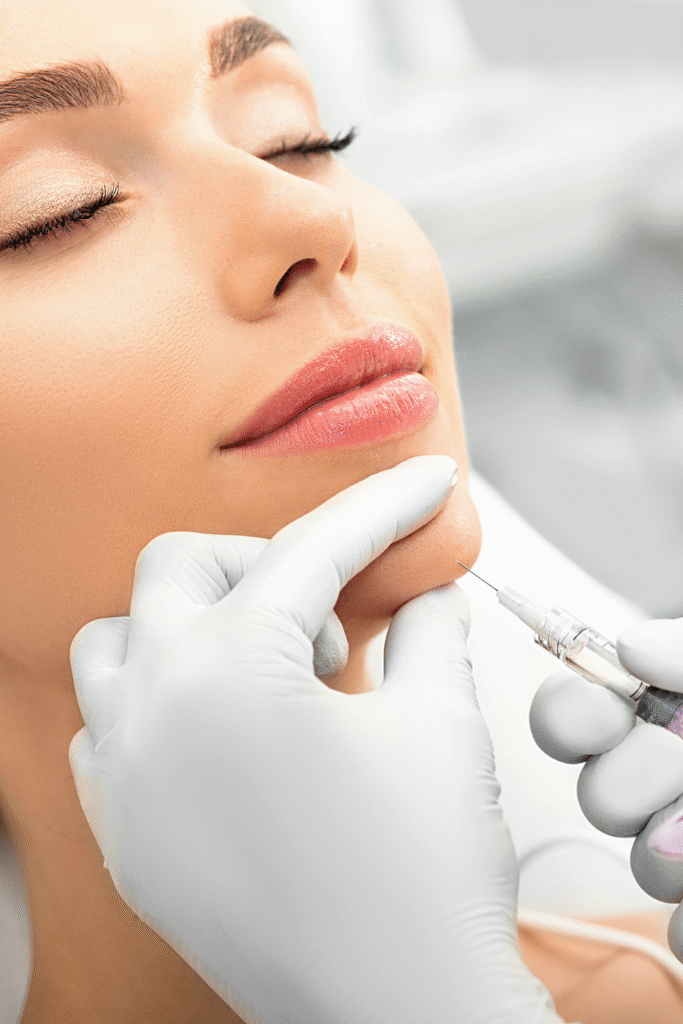
FAQs About Skin Fillers
- What are skin fillers made of?
Hyaluronic acid, calcium hydroxylapatite, or synthetic polymers.
- How long do results last?
Typically 6-18 months, though durations vary.
- Are fillers painful?
Most procedures are relatively painless; numbing agents are used.
- Who is an ideal candidate?
Adults with wrinkles, volume loss, or contouring needs.
- Can fillers be reversed?
Hyaluronic acid fillers can be dissolved if needed.
- What areas can be treated?
Cheeks, lips, under eyes, and jawline.
- Is downtime required?
Minimal downtime is needed; you can resume daily activities soon after.
- How much do skin fillers cost?
Costs vary but average between $500–$2,000 per session.
- Are there any long-term risks?
Rare but possible; choose a certified injector.
- How can I maximize results?
Stay hydrated, avoid excessive sun exposure, and follow aftercare advice.
With the right professional and post-treatment care, skin fillers can transform your appearance with natural, youthful enhancements.
